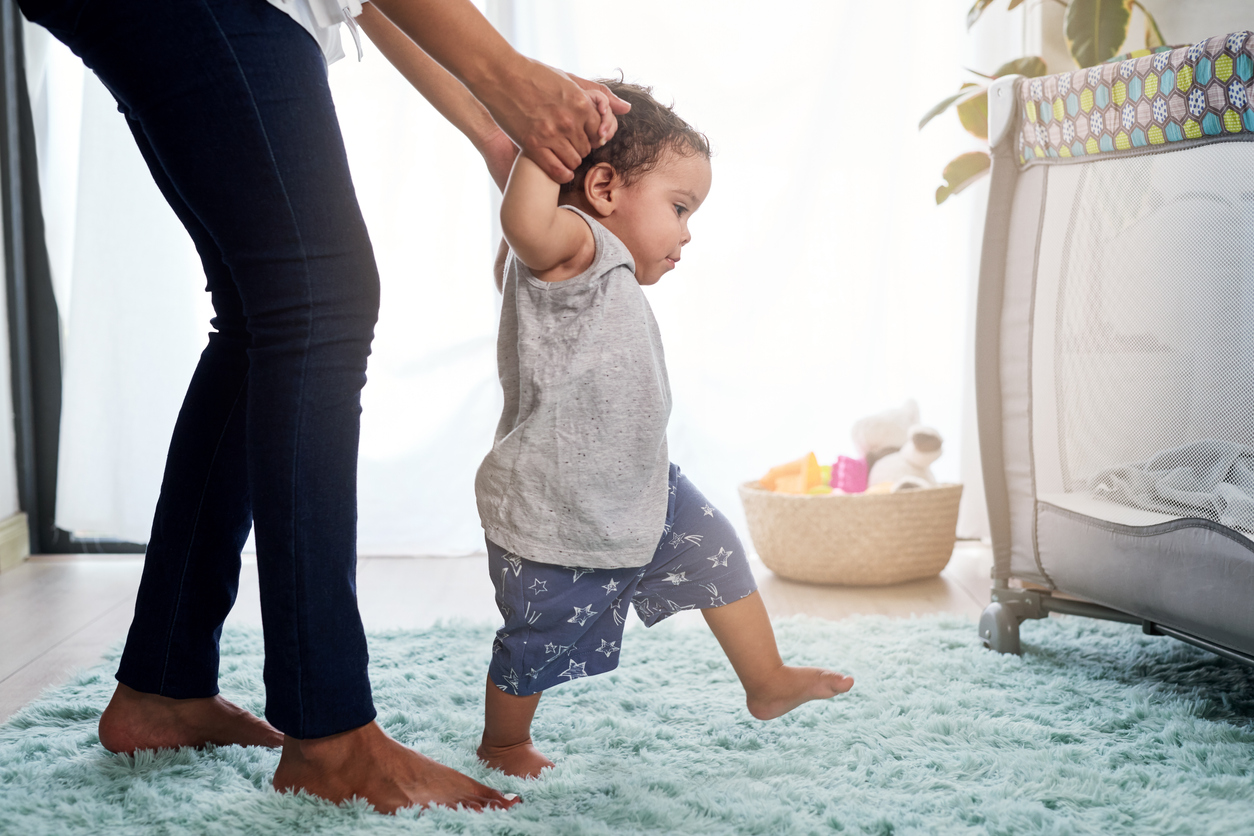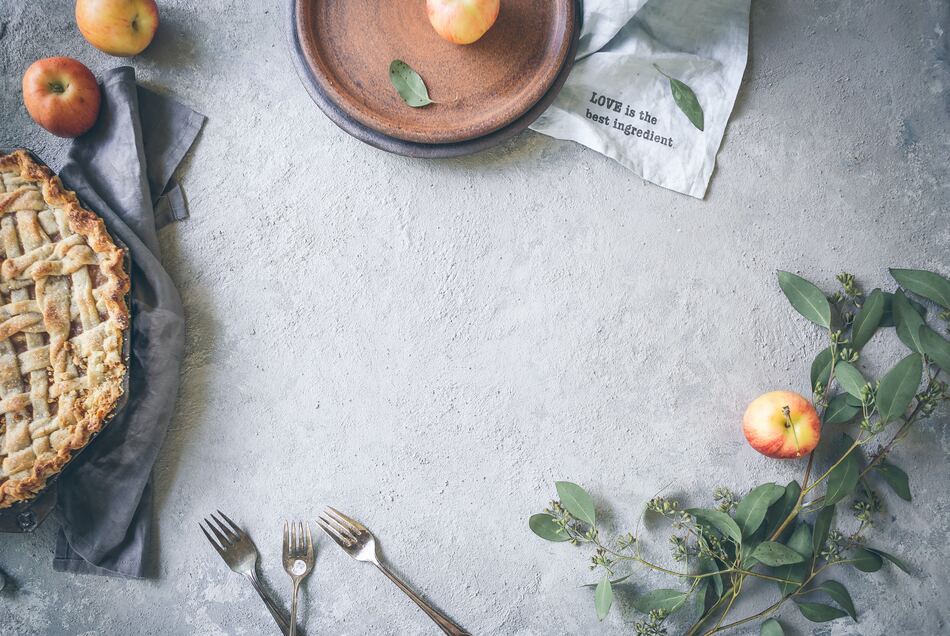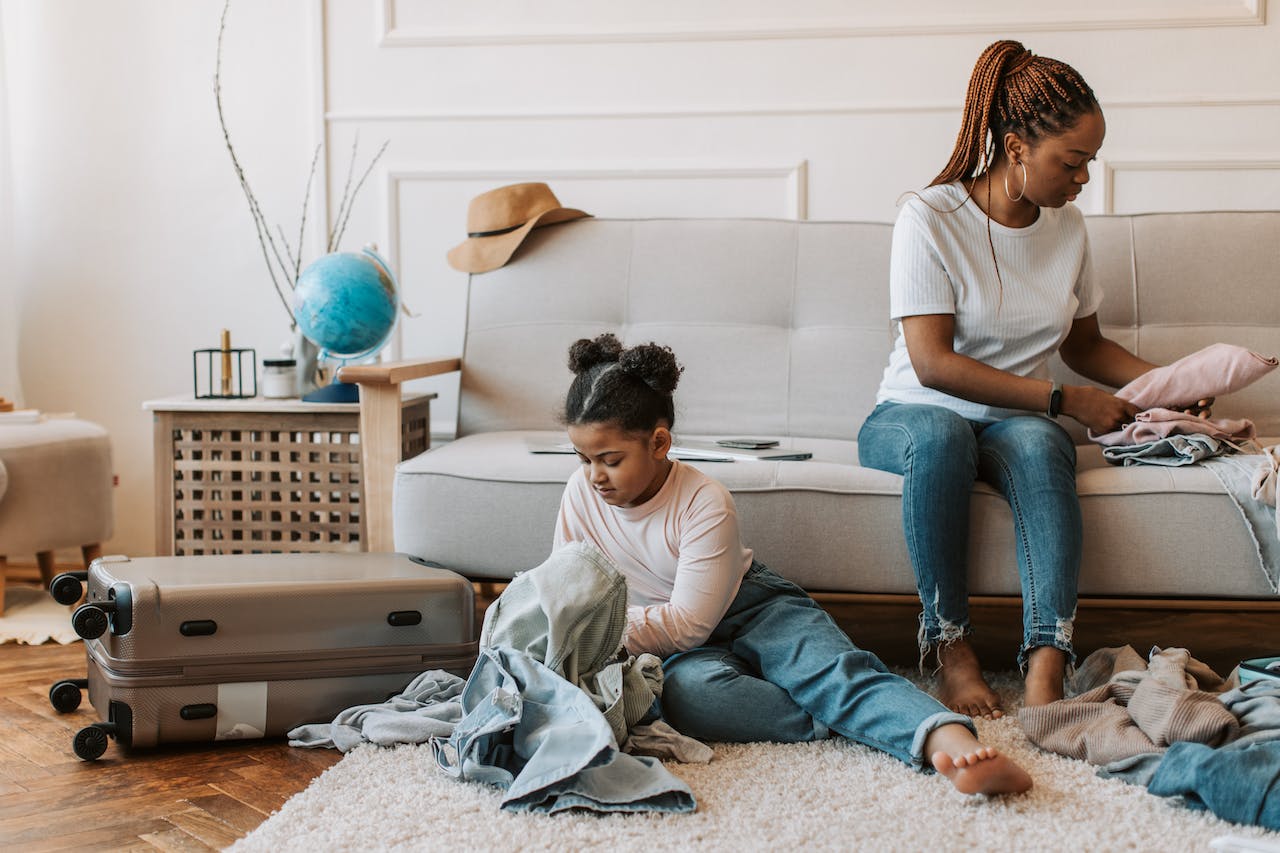Young children are curious and can easily get into things that may harm them, such as sharp objects, chemicals, and medications. Childproofing can help prevent accidental poisoning, burns, falls, choking, and other common household accidents that can be harmful or even fatal to children.
By childproofing your home, you can help protect your children from harm and give yourself peace of mind knowing they are safe and secure in their environment. This important task will evolve as your baby grows, and the areas they can get into are more varied. Starting with the babyproofing and adding as your little one grows is a great way to avoid accidents. We have gathered the best tips and latest advice on making your house safe and secure for the whole family.
Childproofing your home

There are some common features that will need to be childproofed in every room of the house.
Electrical outlets. Cover all electrical outlets with safety covers and keep cords out of reach or secured with cord organizers. Electrical outlets are an electrical shock hazard, and cords can be a tripping or choking hazard.
Cabinets and drawers. Use childproof locks or latches on cabinets and drawers to prevent children from accessing dangerous items like cleaning products or sharp objects. This can also help prevent climbing behavior that causes falls.
Stairs and doors. Install safety gates at the top and bottom of stairs and use door knob covers to prevent children from opening doors to rooms or areas that are off-limits. Safety gates can also be used to limit access to certain areas within the room.
Windows. Install window guards or screens to prevent children from falling out of windows or getting their heads or limbs caught.
Furniture and appliances. Secure furniture and appliances that could tip over, such as bookshelves and televisions, to prevent injuries. This is especially important in baby’s room, as dressers are especially tempting for climbing.
Sharp edges. Use corner guards or edge bumpers on sharp edges of tables, countertops, and other furniture to prevent children from getting hurt if they fall or bump into them. Be sure to also remove sharp or heavy objects like fireplace implements, statues, and collapsible furniture.
Trap dangers. For mobile kiddos, address any dangers that can cause them to get trapped. This is any item or appliance that a child can enter and close behind them, like the dryer or wooden chests.
Babyproofing by stage
Don’t let all the hype around babyproofing lead you to think that everything must be done all at once or you’re slacking on your parental duties. Babyproofing is best done in stages for a few reasons. First, your newborn isn’t mobile enough to need things like drawer latches and doorknob covers. Second, if you childproof as your baby grows, you’ll have a better idea of what your routine is and what areas are the most important versus which areas will be easier to close off to your little one altogether. And lastly, babyproofing is expensive! You don’t need to buy everything all at once.
Newborn
- Make sure the crib follows the latest safety standards for cribs from the US Consumer Product Safety Commission
- Keep the crib free of suffocation hazards like pillows and blankets
- Keep electronics and their cords away from the crib
- Replace corded window coverings to avoid choking hazards
- Never leave baby alone in the bath or on the changing table
- Install and regularly test your smoking and carbon monoxide detectors
- Keep toilet lids closed and use a safety latch
- Keep gates at the top and bottom of staircases
- Adjust your water heater to a maximum of 120 degrees Fahrenheit
- Keep accessories with straps like purses, briefcases, and belts safely stored away
- Anchor all furniture to the wall, including bookcases, TV stands, and your oven
- Drain pools and hot tubs, keep them covered, and install an alarm
Crawling
- Cover electrical outlets
- Remove low nightlights
- Cover sharp edges on tables and furniture
- Store breakables and keep items away from countertop edges
- Store electrical cords or tape them down
- Install safety latches on appliances and oven doors
- Keep cleaners and toxic products safely stored or out of reach
- Empty water sources immediately after use
Toddler
- Keep windows latched
- Lock outside-leading doors
- Keep medications in childproof containers and out of reach
- Do not take medicine in front of children to avoid them mimicking your behavior
- Unplug appliances and keep them stored away
- Remove and store sharp objects from countertops
- Secure doors to hazardous or off-limits areas
- Use door and stove knob covers
- Keep stools and chairs out of reach for climbing
- Keep furniture and chairs away from balconies, railings, and open windows
Childproofing by room

Once you have the common hazards covered, it’s time to go room-by-room through your house (including closets) and ensure that the specifics are childproofed.
Make a plan and a checklist to follow to childproof your house in the most efficient way. As your kiddo grows, there will be new and different ways to childproof that don’t all need to be done simultaneously. This is an excellent resource on what should be childproofed for different ages.
Parents’ bedroom. The level of childproofing in your bedroom will depend largely on how you treat this space. Many parents will designate their bedroom as off-limits to reduce the amount of childproofing and organization that this space needs, especially when your child grows to the toddler stage and is more actively walking, reaching, and exploring anything and everything.
If your bedroom is an accessible space, there are some key things to childproof. All drawers (dresser drawers and nightstands) should have drawer latches; large furniture that might be climbed on should be secured to the wall to prevent it from falling on adventurous kiddos; any furniture with sharp corners should have corner covers.
If you have floor lamps, they should be moved to be behind other pieces of furniture or secured to the floor so they can’t be pulled over by little hands looking for likely handholds to pull themselves up with.
Nursery or kids room. Your changing table is one of the most likely places for an accident in your child’s nursery or bedroom. Ensure your changing table is secured to the wall and can’t topple over. Secure the changing pad to the table to avoid sliding around. Place a soft, high-pile rug next to your changing table in case of a fall to provide a softer landing.
While it makes sense to add corner covers to other items of furniture you’ll keep as your child outgrows the need for them, nursery furniture will likely be replaced. Choosing furniture with rounded or soft edges means eliminating the need for corner covers in your nursery if you prefer.
Living Room. Each room seems to have its specific hazard, and in your living room, it’s likely your TV. Make sure your TV is secured to the wall and can’t be pulled over by little hands. If your entertainment center has drawers, these should have latches.
Corner covers are essential for your coffee table and end tables – the living room is often a place to play and have fun, and a coffee table is right at eye level for little ones. You want to make sure that they (and you) can be free to move around without worrying about accidents all the time.
Always ensure that the cords for your blinds are out of reach to prevent your child from becoming tangled in them.
Kitchen. The kitchen is many parents’ nightmare for safety. What once was a normal room used in your daily life suddenly becomes a nest of sharp objects, whirling appliances, burn hazards, climbing opportunities, and dangerous chemicals. Don’t worry; once your kitchen is childproofed, it will transform into the safe room it once was!
Start with the big ones – drawers and cabinets. Drawer latches and cabinet locks might take some getting used to for you, but they’re your best friend for childproofing peace of mind. It’s important to latch all drawers, even if they don’t have anything dangerous in them, because they can (and likely will, given any opportunity) be used as ladders for your little one to climb up and see what’s happening on the mysterious overhead land that is your kitchen counter.
Bigger appliances like your fridge and stove should have latches. The handles are the perfect height for a growing kiddo to grab onto to pull themselves up or try to climb. Be sure your stove is properly anchored into the wall and use knob covers so little ones can’t turn the burners on.
It’s also important to keep your kitchen appliances cleaned and maintained. Stoves with grease or debris are at a higher risk of catching fire, regardless of who turns on the stove. Proper maintenance reduces the likelihood of a malfunction that causes a hazard to your child. This will also ensure that your appliances stay covered under your home warranty policy, if applicable.
Bathroom. Bathrooms are another hotspot for home accidents but are simpler to childproof than your kitchen. Start with drawer latches and cabinet locks, as usual!
Your toilets should also have latches that prevent the seat from being lifted by curious little hands. Toilets are at eye level for toddlers and are likely to draw attention with sound and water. This makes it important always to ensure that your toilet seat is down and latched.
Bathtub faucets are also common places for bumps and bruises. Getting a cover for them will protect your little one from sharp corners, and as a bonus, they come in all kinds of fun shapes, characters, and colors, so they’ll love seeing them!
It’s important to remember that many daily items can be easy to leave out on the countertops and in the shower. All of the cabinet latches in the world aren’t effective if things like medicine bottles, razors and hair dryers are sitting out on the countertops, so be sure to tidy up your bathroom if your little one has access to it. This can be easier if you have a second bathroom or an ensuite that you can restrict access to and is something to consider if you’re family planning and looking at moving into a new home.
Must-have childproofing equipment

There are various options for how and to what level you childproof your home, but there are some ubiquitous items for creating a safe place for your child.
- Door Knob covers
- Cabinet latches
- Drawer latches
- Corner covers
- Brackets/ straps to secure furniture
- Latches for refrigerator and oven doors
- Electrical outlet covers
- Stair gates
Other items like doorway gates, mesh gates, and pool fences are more specific to the layout and structure of your home, but the above items are essential to have in all homes. The safety of your little one and your peace of mind are key!
Childproofing your home is the best way to prevent your kiddo from being hurt while they explore their world. As in many things, prevention is the name of the game! While minor bumps and bruises are unavoidable as your little one learns motor skills and boundaries, bigger injuries, or worse, can be avoided by taking preventative steps. No parent wants to look back and know they could have done more to prevent an injury at home – childproofing will help you worry less and bring you some peace of mind knowing that you took the proper steps to keep your child safe and away from dangerous items and situations. To summarize, childproof early and thoroughly; you’ll be happy you did!




